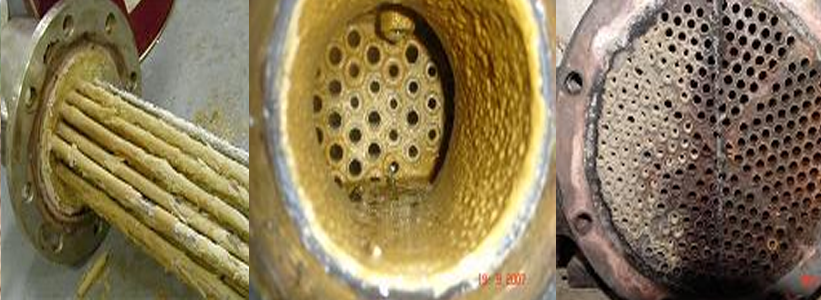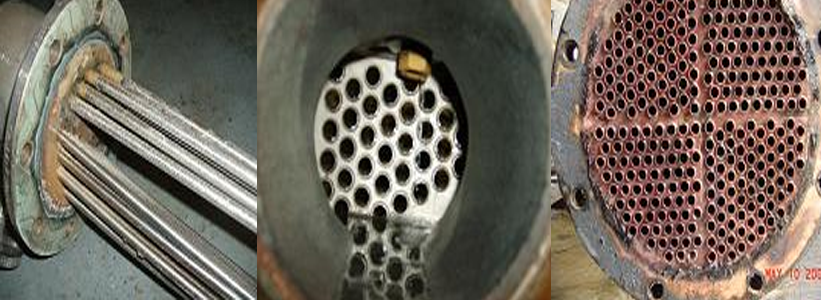Catalytic 3G-AQUA (Natural Water Treatment System) is used in a variety of pretreatment, primary treatment, and wastewater applications. They are generally used in place of, or in conjunction with, granular activated carbon filters, even carbon block or inline filters.
Catalytic 3G-AQUA (Natural Water Treatment System extend the life of granular activated carbon (GAC) while protecting the carbon bed against fouling by bacterial growth.
Our Media are also used to replace silver-impregnated systems. Silver is toxic.
Catalytic 3G-AQUA (Natural Water Treatment System) is not. Silver must be registered with the EPA as a toxic pesticide, Catalytic 3G-AQUA (Natural Water Treatment System) is not. By the way, silver is more expensive than Catalytic 3G-AQUA (Natural Water Treatment System).
Before use of 3G Aqua

Reduced Scale Build Up

Catalytic 3G-AQUA (Natural Water Treatment System) vs. Activated Carbon
| Catalytic 3G-AQUA | Activated Carbon | |
|---|---|---|
| Life | More than 10 years* | Only 6 to 12 months |
| Bacteria and Algae | Controls Both | Permits Growth |
| Disposal | Recyclable | Hazardous Waste |
| Mechanism | Oxidation/Reduction | Adsorption |
| Contaminants Eliminated | Inorganic | Organic |
| * With proper handling | ||
What about Catalytic 3G-AQUA and RO, DI and IX systems?
Reverse Osmosis (RO), Deionization (DI) and Ion Exchange (IX) systems benefit from the use of Catalytic 3G-AQUA because our Media allow these systems to tend to their strengths. Our Media protect RO systems from chlorine degradation and bacterial contamination, extending the life of the systems’ membranes. Catalytic 3G-AQUA (Natural Water Treatment System) protects expensive IX systems from becoming fouled with chlorine, algae, fungi and bacteria. Less fouling, longer life and reduced maintenance, all combine for lower costs.

Catalytic 3G-AQUA(Natural Water Treatment System) vs. Silver-Impregnated Carbon
| Life | More than 10 years* | Only 6 to 12 months |
|---|---|---|
| Bacteria and Algae | Controls Both | Permits Growth |
| Disposal | Recyclable | Hazardous Waste |
| Mechanism | Oxidation/Reduction | Adsorption |
| Heavy Metals | Yes | No |
| pH | 6.5 to 8.5 | Sensitive |
| Use | POU/POE, Industrial, Commercial | Home Water Filter Products |
| US EPA Registration | Not Required | Required |
| Note: Gulf South Research Institute found silver-impregnated carbon provides the same performance as activated carbon, except in low pH water. With proper handling | ||

